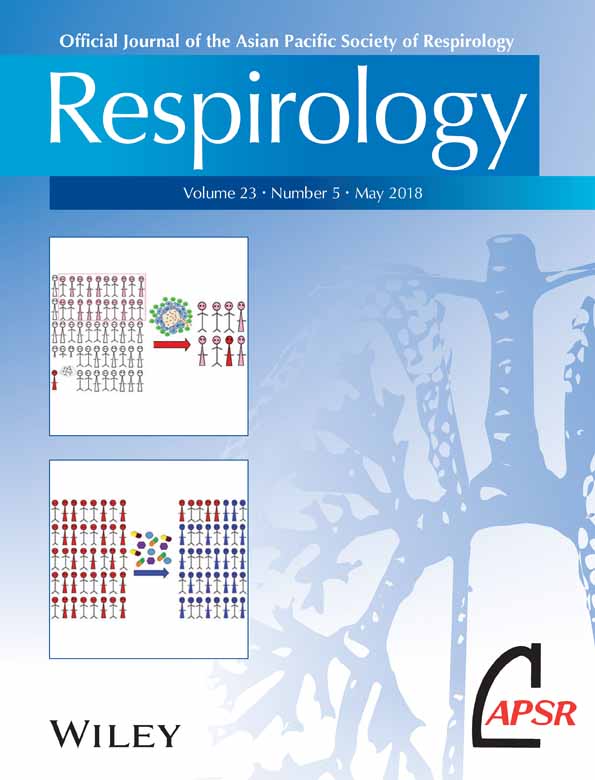The prognostic significance of pneumothorax in patients with idiopathic pulmonary fibrosis
ABSTRACT
Background and objective
Pneumothorax is a co-morbidity in patients with idiopathic pulmonary fibrosis (IPF). However, its incidence, risk factors and prognostic significance in IPF remain unclear. The aim of this study was to clarify the incidence and prognostic significance of pneumothorax in patients with IPF, and to further investigate the risk factors for its onset.
Methods
Eighty-four consecutive patients with IPF based on the consensus guideline were included in this study. We retrospectively reviewed the medical records, pulmonary function tests and chest high-resolution computed tomography images, and determined the incidence of pneumothorax. The prognostic significance of pneumothorax was evaluated using the Cox proportional hazards model analysis with time-dependent covariates. We also assessed the cumulative incidence and the risk factors for pneumothorax.
Results
Of the 84 patients, 17 (20.2%) developed pneumothorax. The cumulative incidence of pneumothorax was 8.5%, 12.5% and 17.7% at 1, 2 and 3 years, respectively. Univariate analysis demonstrated that pneumothorax was significantly related to poor prognosis (hazards ratio, 2.99; P = 0.002). Multivariate analysis, adjusting for sex, age and forced vital capacity (% predicted), revealed that pneumothorax was an independent predictor of poor outcome in IPF (hazards ratio, 2.85; P = 0.006). Lower BMI and the presence of extensive reticular abnormalities were significantly associated with developing pneumothorax.
Conclusion
These results confirm that patients with IPF often develop pneumothorax during their clinical course and that the onset of pneumothorax predicts a poor outcome.




